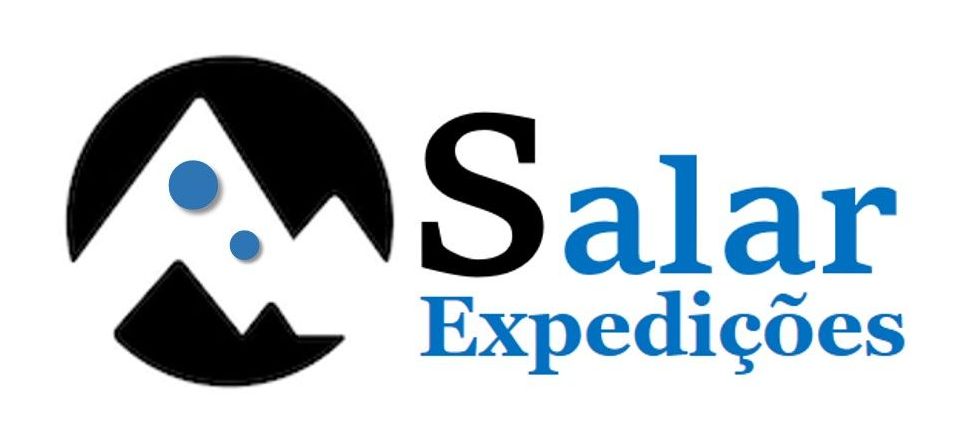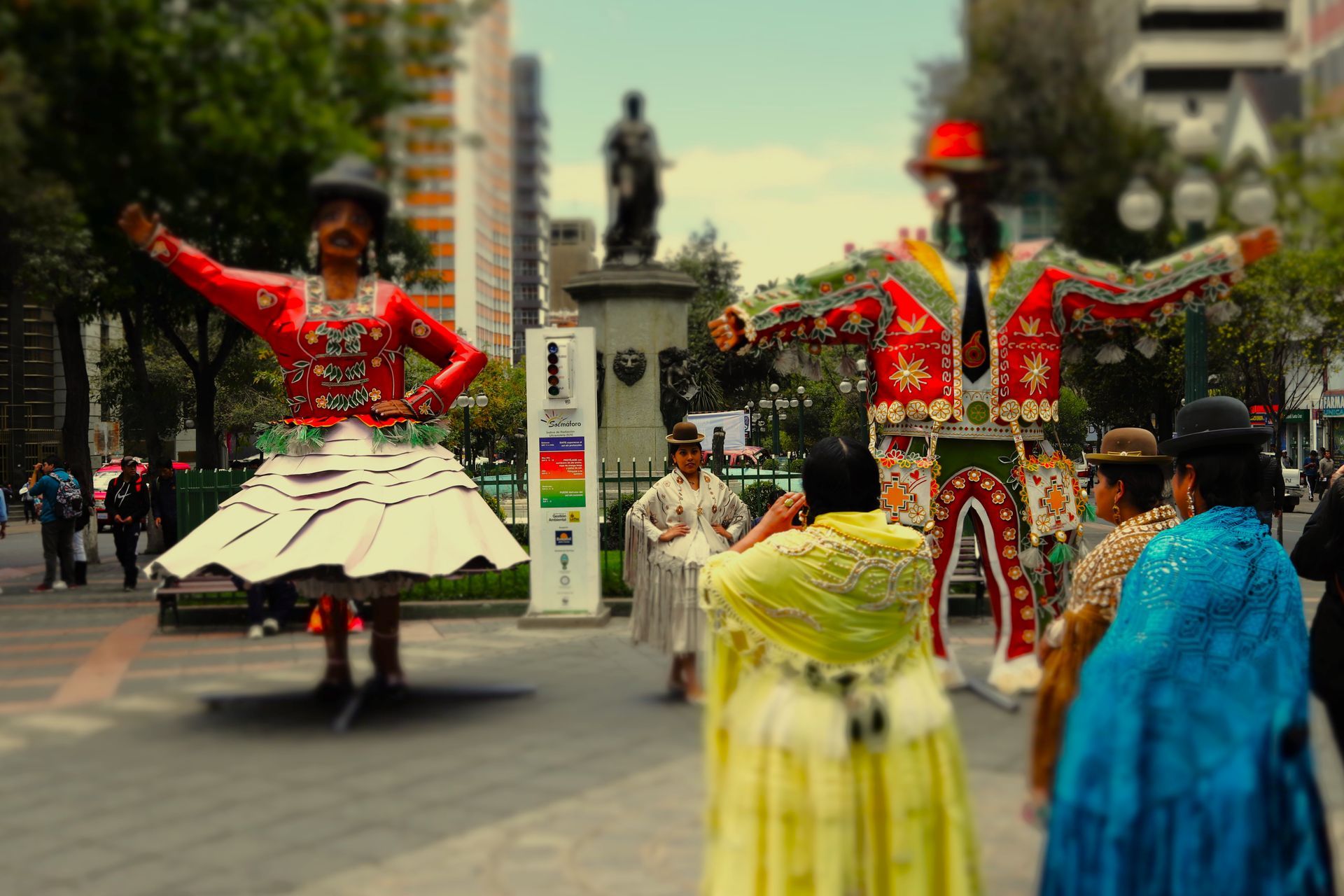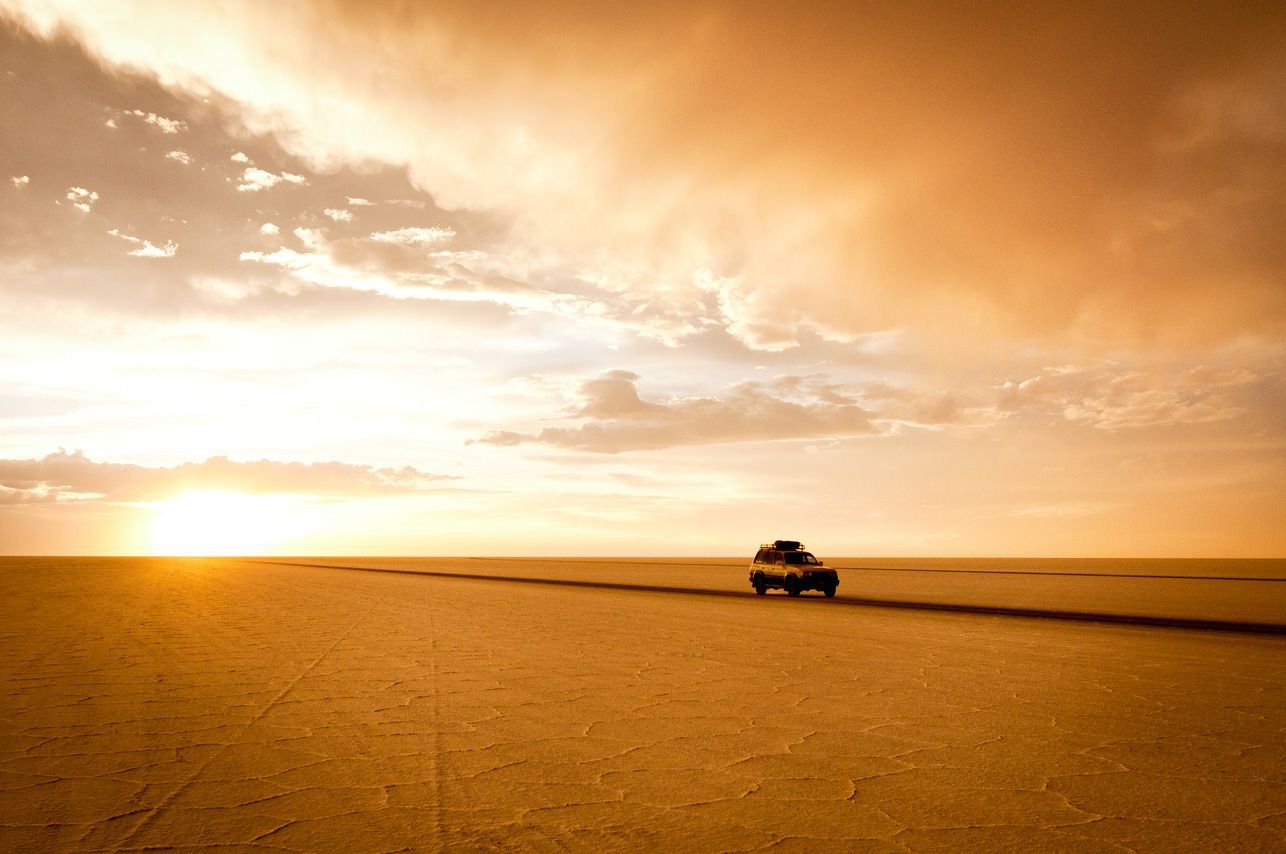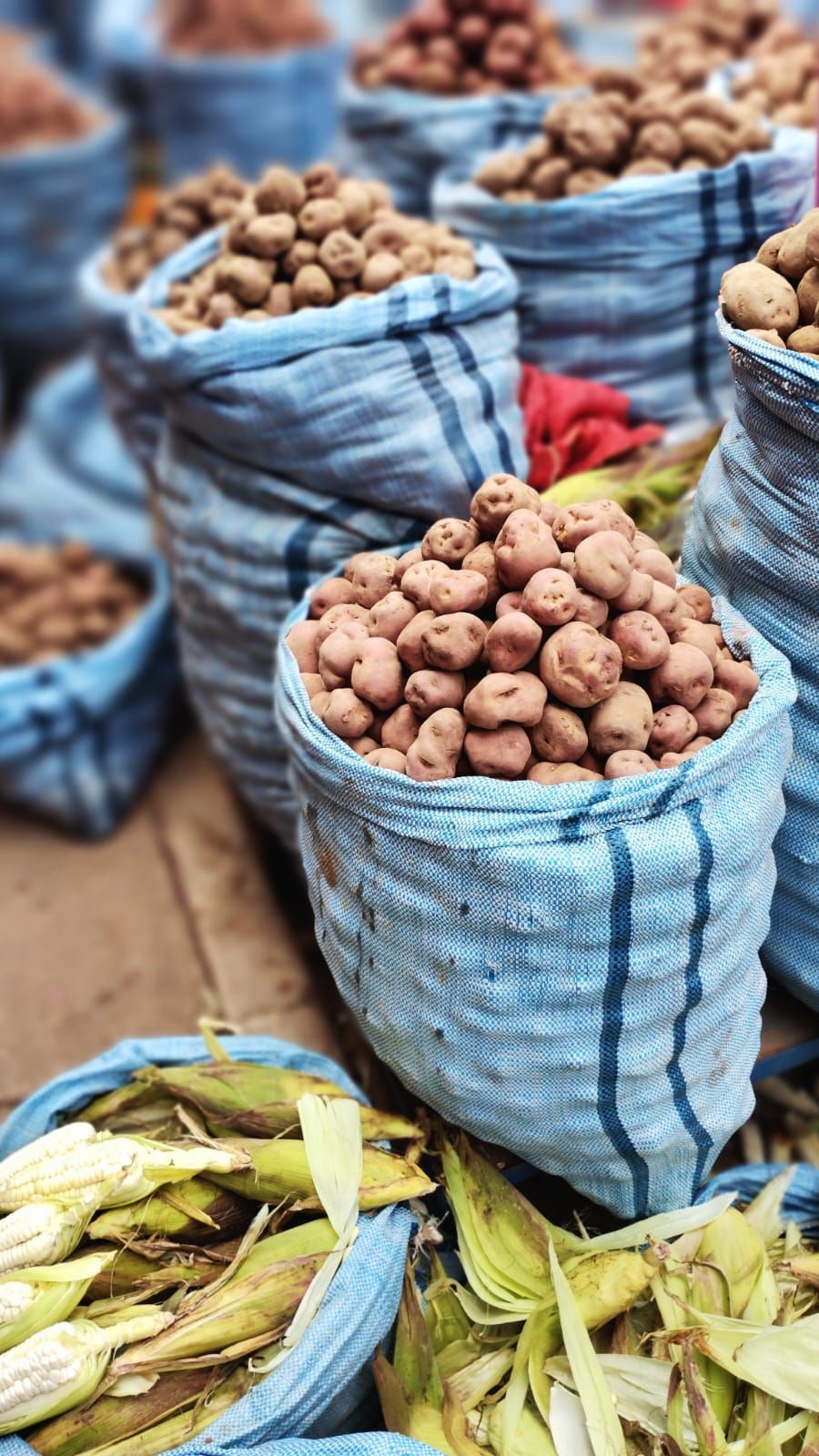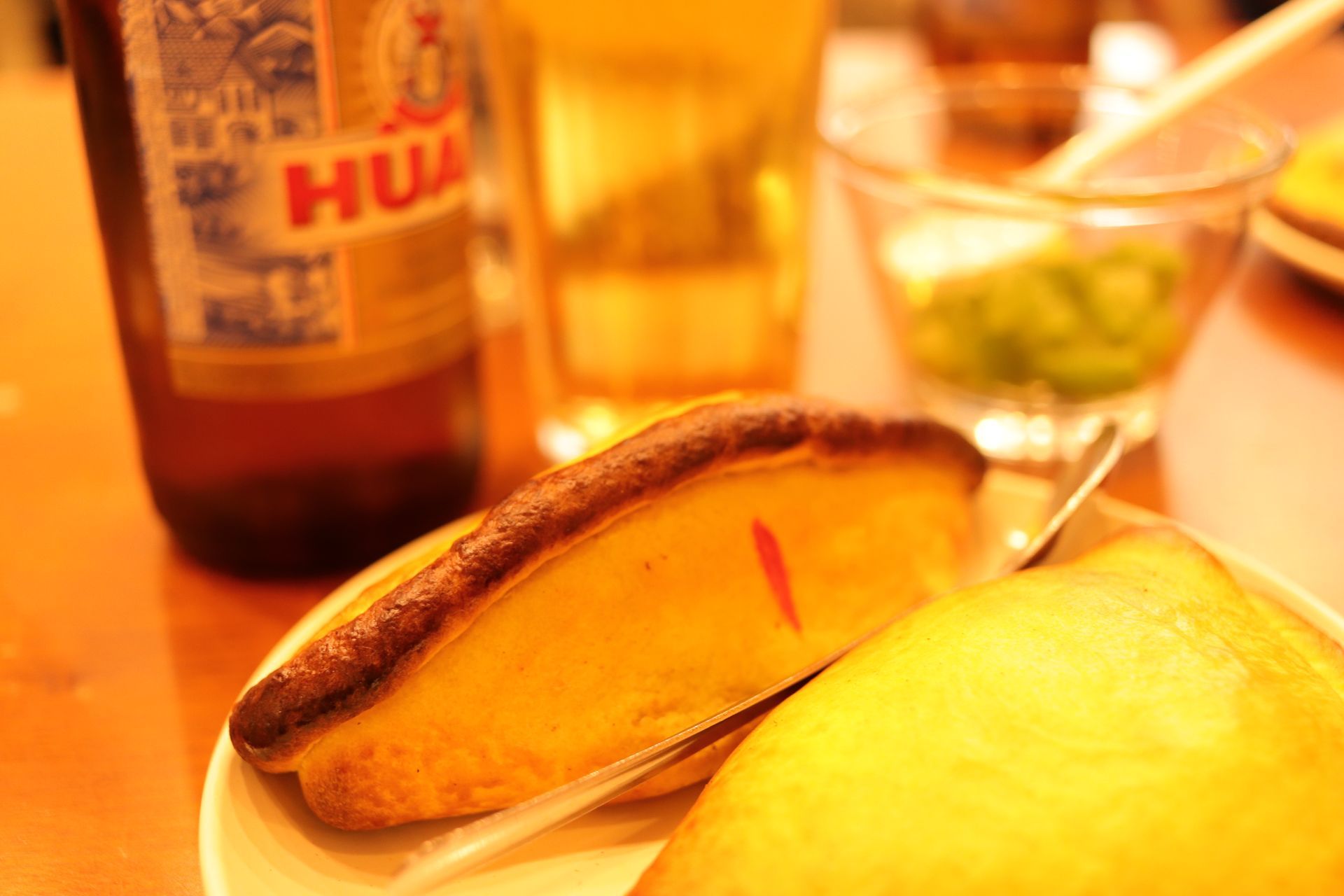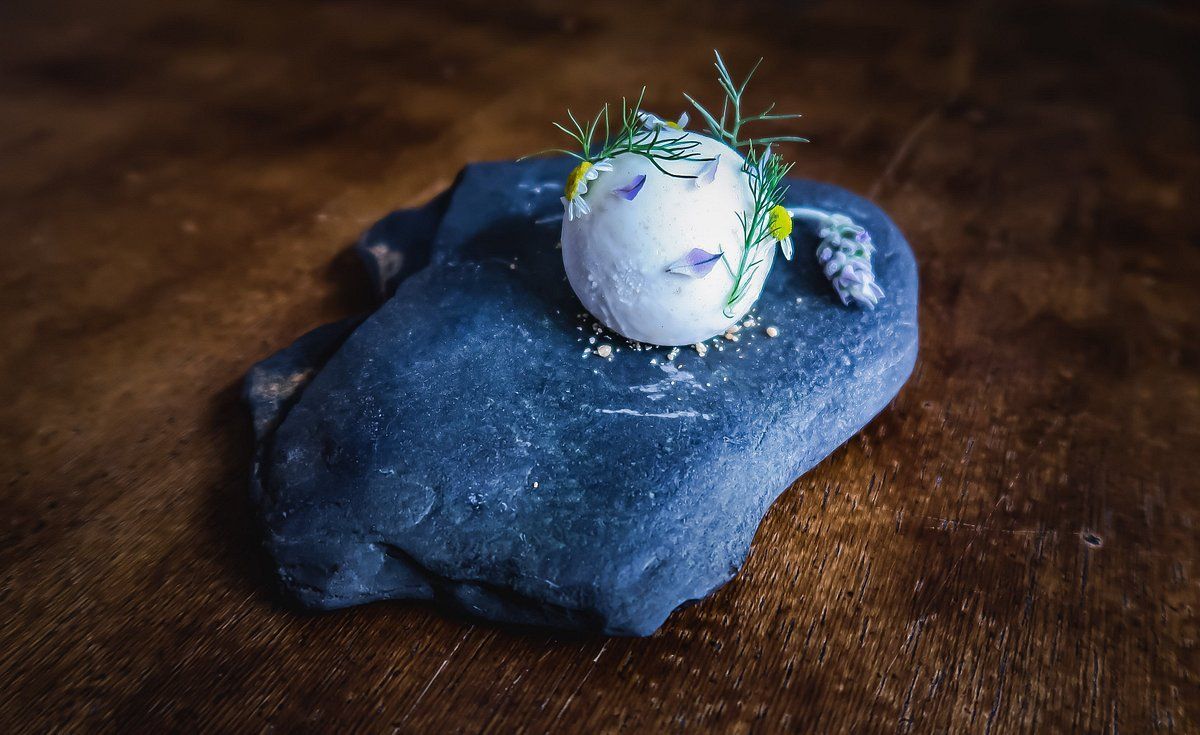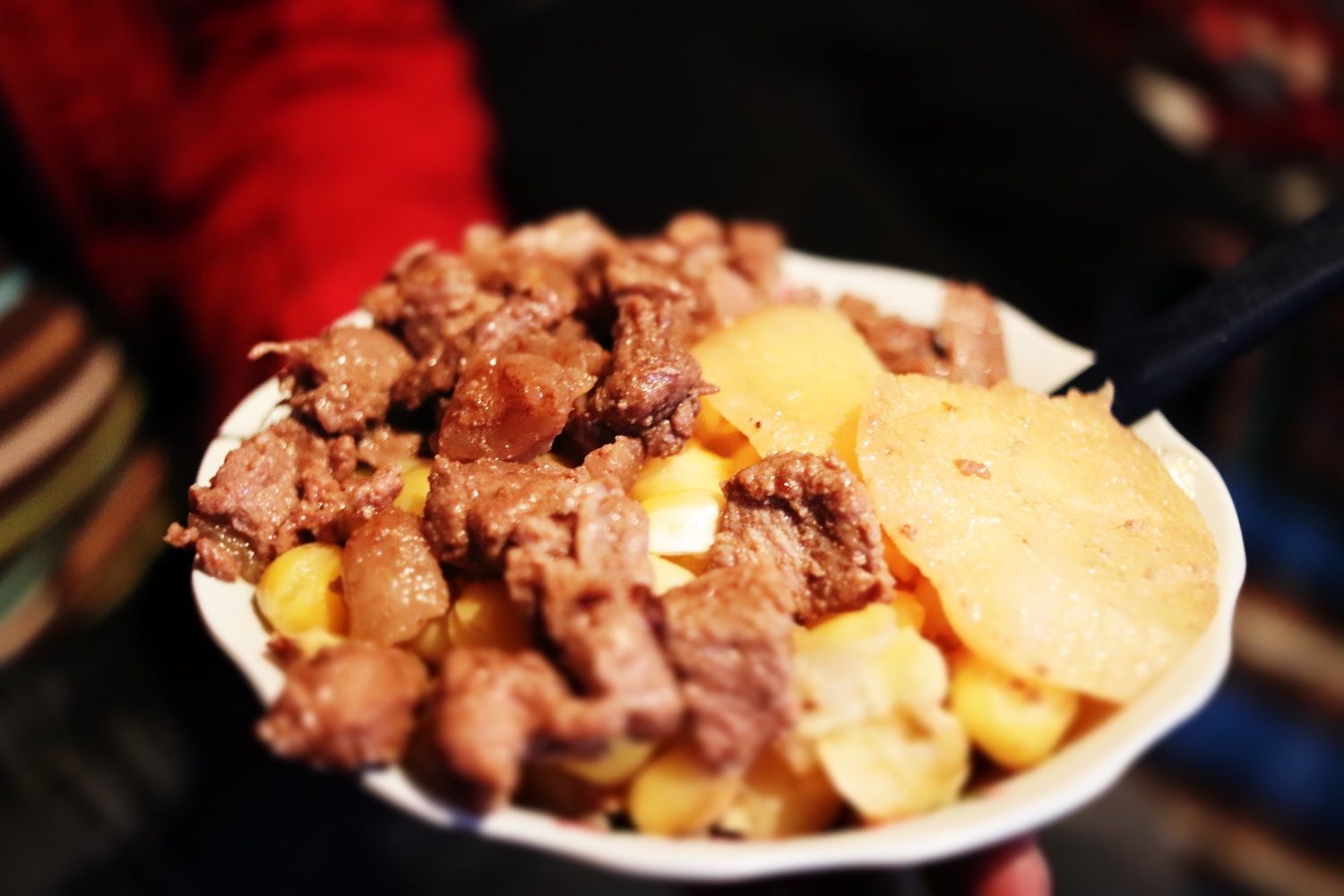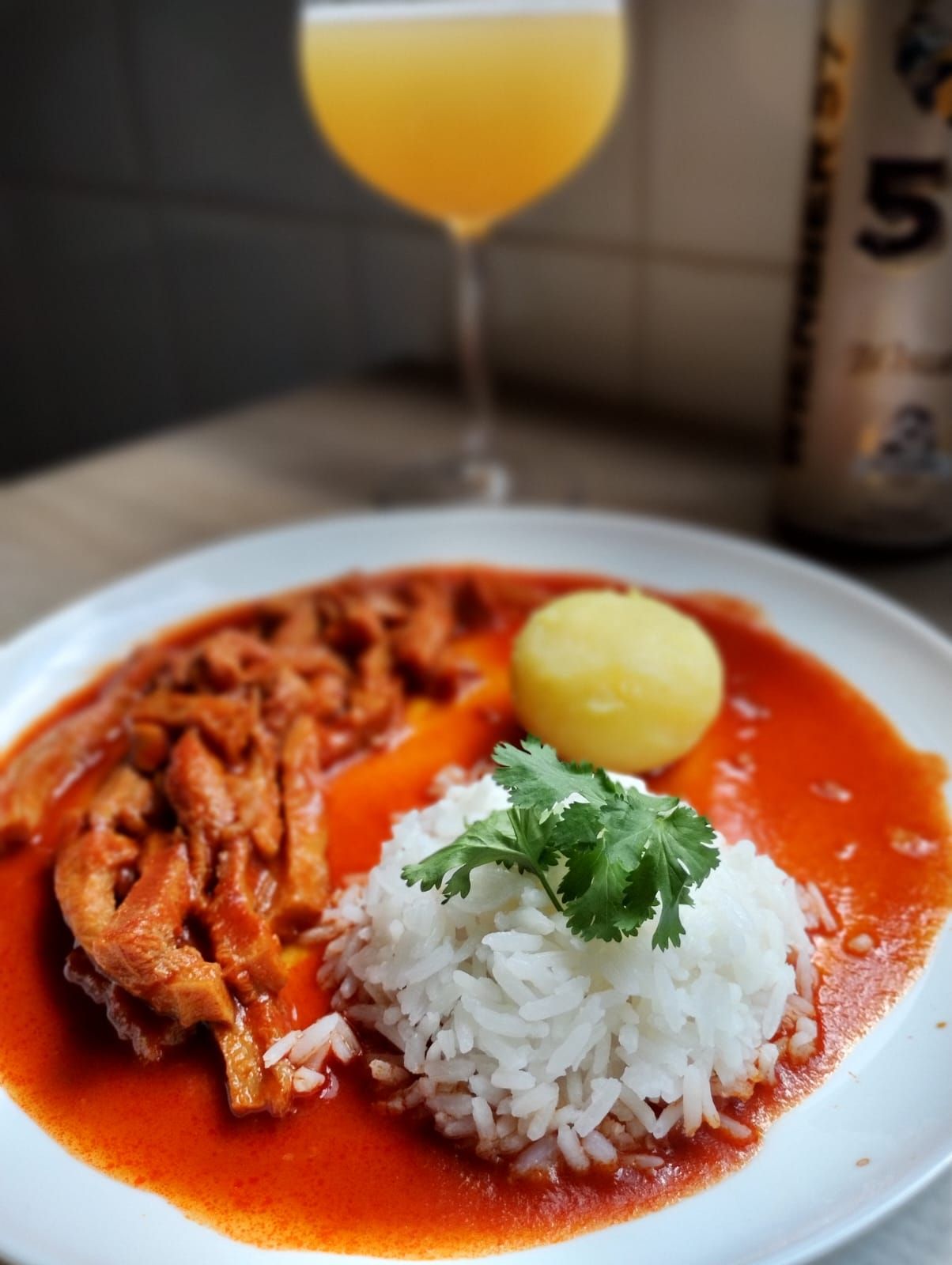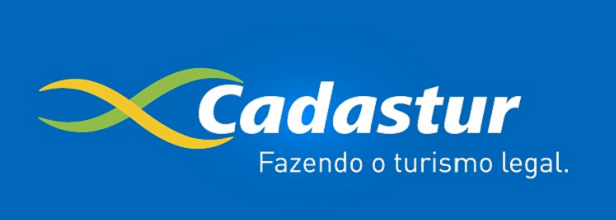2025
COD. G0100
GASTRONOMIC EXPEDITION
BOLIVIA IN FLAVORS 09D/08N
SANTA CRUZ – SUGAR – POTOSI – THE PEACE - UYUNI - SALAR DE UYUNI - DESERTS AND LAKES OF CORES
GROUP EXPEDITION:
Departure dates 2025.
16/03/2025
30/08/25
VALUES PER PERSON:
From R$. 10,934.00 up to 5x interest free.
This project is developed by professionals in niche tourism in partnership with expert Gastronomes, presenting this expedition as an excellent opportunity for you, whether you are a professional or an amateur who enjoys cooking and gastronomy, to expand your experiences, taste, visit popular markets, participate in a different workshop, try street food, restaurants, and experience the culture of the destination.
What is the difference between a regular trip to Bolivia and this Gastronomic project?
The intention of this project is to take travelers to visit paradisiacal settings not only to try new flavors, but to experience a cultural and natural experience in Bolivia following an exclusive itinerary and exploring each attraction in a specialized way.
Everything is ready! All that's missing is you!
We will be accompanied by a Bolivian professional, a gastronome and expert in the culture, who will be in charge of accompanying us on this adventure.
Who can participate?
The expedition is not limited to people with experience in the culinary field, but is designed for all lovers of this art. Much more than a simple meeting of travelers or another course, we want to bring together people willing to share their experiences and experience a moment of new knowledge.
INCLUDES
• Domestic area part Santa Cruz – Sucre.
• Professional Gastronome who will be your Guide (Portuguese-Spanish-English languages).
(Breakfast, lunch and dinner during the 3-day, 2-night expedition through Salar de Uyuni and its surroundings).
• All transfers.
• Street Food Tour in the cities of La Paz and Sucre: local markets, saltine shops, street food, among others.
• Restaurants to visit: Gustu in La Paz, Nativa in Sucre. (Reservations should be made well in advance.)
• 3-day, 2-night 4x4 expedition through the Salar de Uyuni, colorful lagoons and deserts (on this itinerary, accommodation is basic in double rooms).
• Superior tourist category accommodation with breakfast, based on double room. For other hotel categories or types of apartment, please consult.
• Bus Uyuni – La Paz. (Optional not included in the package, airfare Uyuni- La Paz on request)
DOES NOT INCLUDE:
• Early check-in e late check-out.
• International airfare and Uyuni-La Paz airfare (upon request).
• Tips and personal expenses.
• Extra baggage.
• Food that is not specified in this program.
• Travel insurance.
WHAT TO BRING
• ID or Passport with updated photograph, issued less than 10 years ago, in excellent condition.
Attention: A driver's license is not accepted as a travel document.
• Warm clothes.
• Towels.
• Sleeping bag.
• Sunglasses.
• Flashlight.
• Sunscreen factor 70 or higher.
• Waterproof clothing for rain from October to March.
• Body moisturizer.
• Lip moisturizer.
• Comfortable walking shoes or sneakers.
• Cap or Hat.
• Small backpack for daily outings.
• Medications taken regularly, if applicable.
FOR PHOTOGRAPHING
• Camera or Smartphone.
Accessory (optional):
• Tripod.
HIGHLIGHTS:
• Heritage colonial cities (Sucre, Potosí).
• Seat of government (La Paz).
• “Bolivian cuisine from scratch” workshop in Sucre, where you will learn the secrets and techniques of this cuisine.
• 3-day, 2-night expedition through the Salar de Uyuni, deserts and colorful lagoons,
REA Eduardo Abaroa Andean Fauna Reserve.
• Train graveyard.
• Colchani village salt craft factory.
• Visit to the gastronomic restaurants Gustu in La Paz and Nativa in Sucre.
ROAD MAP
JOURNEY 1
- Arrival in Santa Cruz de la Sierra Bolivia, transfer to our hotels.
Bolivia's second most important city is also the main gateway for many Brazilians who come here to study medicine, retire or go on vacation. With a thriving and rapidly growing economy, Santa Cruz de La Sierra is the meeting point and starting point for exploring this beautiful country.
8:00 pm - Welcome dinner at the most traditional restaurant in the city, “La Casa do Camba”. Opportunity to get the group together and begin our adventure in a gastronomic experience.
- Night in Santa Cruz.
JOURNEY 2
- Transfer to the airport Flight Santa Cruz – Sucre.
Sucre is the constitutional capital of Bolivia and capital of the department (state) of Chuquisaca, as well as being the city where Bolivia was born.
Although Sucre is the de jure capital of Bolivia, the seat of government is located in La Paz, making it the de facto capital. Located in the south-central region of Bolivia, Sucre rises to an altitude of 2,810 metres (9,200 ft), making it one of the highest cities in South America. Throughout its history, it has been called Charcas, La Plata and Chuquisaca, and has received the nickname "City of Four Names".
History
On September 29, 1538, Sucre was founded as the "Ciudad de la Plata de la Nueva Toledo" by Pedro de Anzures, Marquis of Campo Redondo. In 1559, King Philip II of Spain established the Audiencia of Charcas in La Plata, with authority over an area covering what is now Paraguay, southeastern Peru, northern Chile and Argentina, and much of Bolivia.
In 1609, an archdiocese was founded in the city. In 1624, the University of Saint Francis Xavier, the second oldest in the Americas, was founded.
Until the 18th century, La Plata was the judicial, religious and cultural center of the region. In 1839, after becoming the capital of Bolivia, the city had its name changed in honor of the revolutionary leader Antonio José de Sucre. After the economic decline of Potosí (silver mines), Sucre saw the seat of the Bolivian government move to La Paz in 1898.
In 1991, Sucre became a World Heritage Site, according to UNESCO.
The city of four names...
Each of the well-known names represents a specific period in the city's history: Charcas was the name of the indigenous people who inhabited the place where the Spanish built the colonial city;
La Plata was the name given to the emerging city; Chuquisaca was the name given to the city during its independence period; Sucre honors the marshal of the Great Battle of Ayacucho, Don Antonio Jose de Sucre. The Battle of Ayacucho was the last major armed confrontation among the land campaigns of the Spanish-American wars of independence and meant the definitive end of the viceroyalties in Spanish America. The battle took place in the Pampa de La Quinua, in Ayacucho, Peru, on December 9, 1824. The victory of the independentists against the royalists effectively sealed the independence of Upper Peru with a series of military clauses that would become a diplomatic treaty years later, in 1879.
Today, the city attracts thousands of tourists every year thanks to its valley climate, tranquility, historical importance, and architecture with buildings from the colonial and republican eras.
- Transfer to our hotel.
- Walking City tour em Sucre
Considered one of the most beautiful colonial cities in America, we will visit the central market, Recoleta museums, Casa de la Libertad, historical monuments, and try the real Bolivian Saltenha and traditional chorizos and chocolates.
Night in Sucre.
DIA 3
Half-day hiking on the Pre-Hispanic Trail (part of the Inca trail network) we will enjoy a wonderful view from the Chataquilla mountain range, the chapel of the virgin of the same name, the Maragua Crater (geological formation considered in the past as a crater, hence the name), in the afternoon the San Antonio de Aritumayu Ecological Center, a protected area of environmental preservation with its waterfalls, natural pools, forests and ancient bridges, which will welcome us with a delicious country lunch in the style of the region.
In the evening we will have a bonfire, a refreshing dinner and hot drinks.
(Includes transfers, 4x4 transport, entrance to the attraction, guide, 1 night's accommodation in a double room and meals).
Night in Aritumayu.
DAY 4
Aritumayu – Potosi – Uyuni.
- Visit to the main Mint museum.
The Royal House of Moneda is one of the most spectacular government buildings with a very specific function in the Americas and the largest building built in the Viceroyalty of Peru. It currently houses the largest museum complex in Bolivia.
The first building of Viceroy Toledo was located next to the market (Gato), and this second, larger, was designed by José de Rivero and Tomás Camberos (1751), who brought new machinery from Madrid (1753).
The various rooms are connected by a square courtyard at the entrance, which is connected by arches to two smaller side courtyards and the larger central courtyard. Two of them have balconies on the upper floor, and at the back of the largest one there are large rooms for minting coins, separated by side corridors, and an arcade that runs the entire length of the building that houses the ovens at the back. It currently houses the largest museum complex in Bolivia.
Night in Uyuni
HE 5/ HE 6/ HE 7
3 day 2 night expedition
Salar de Uyuni – colorful lagoons and deserts among others.
- Night bus Uyuni – La Paz
DAY 8
- City tour in La Paz
Free afternoon
Night in La Paz.
DAY 9
Transfer to the airport.
END OF OUR SERVICES.
ADDITIONAL INFORMATION
- Brazilians do not need a passport, they can travel with an ID card.
- The itinerary may be modified.
- Number of vacancies 18.
INVESTMENT
Cash payment: 9,934.00 cash, payable in up to 5 interest-free installments.
ANGELS AND TREES NATURAL & SPIRITUAL EXPERIENCES 2023



